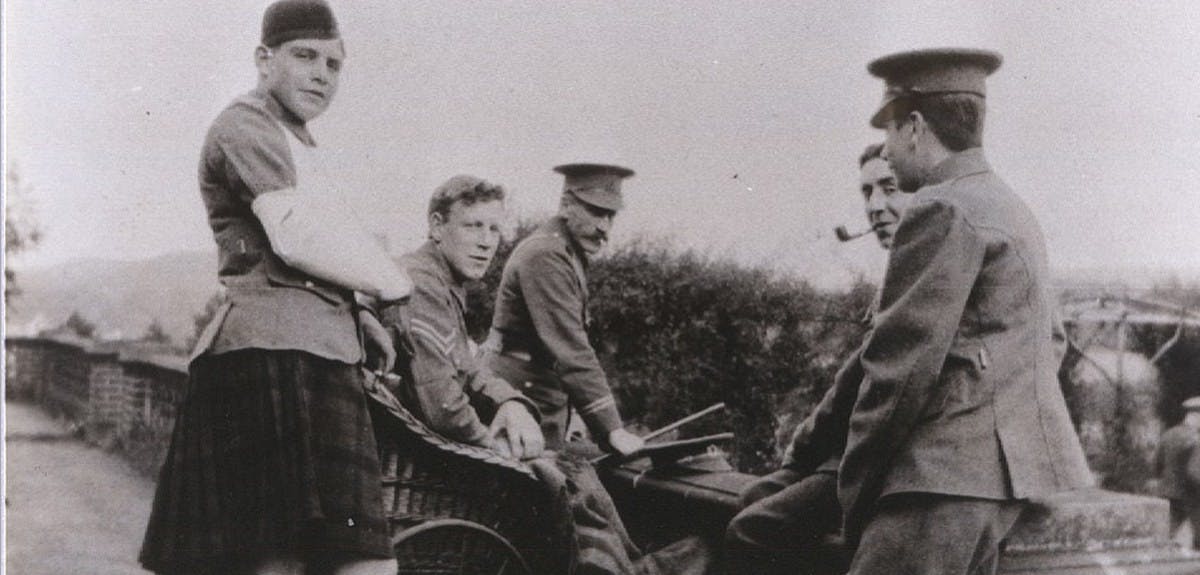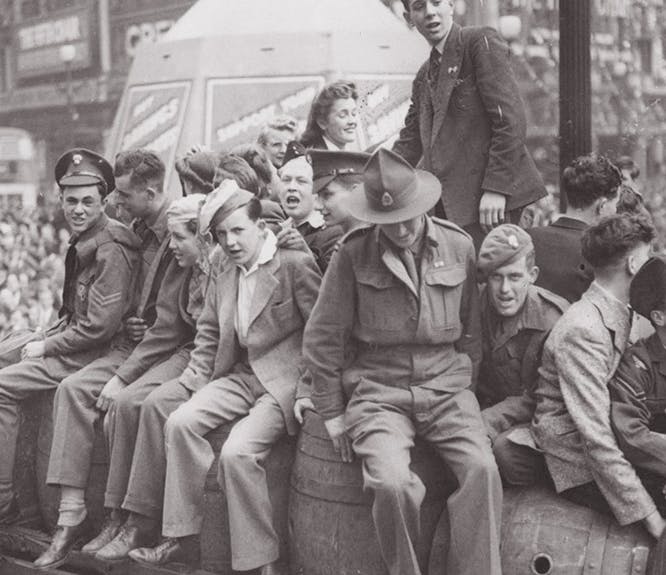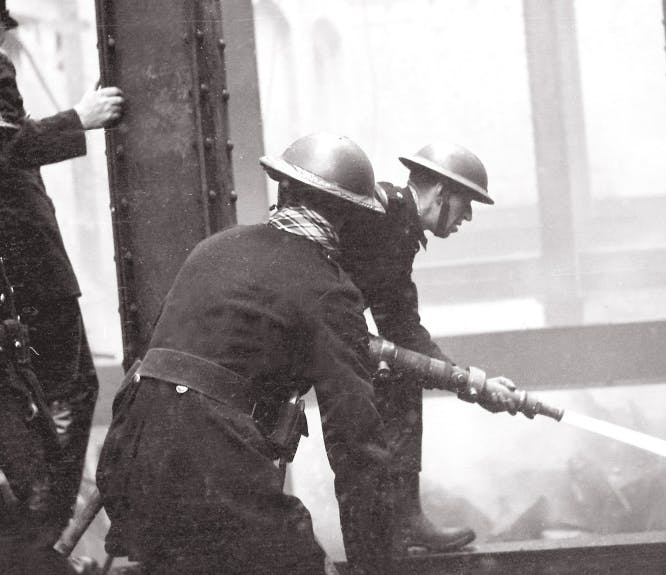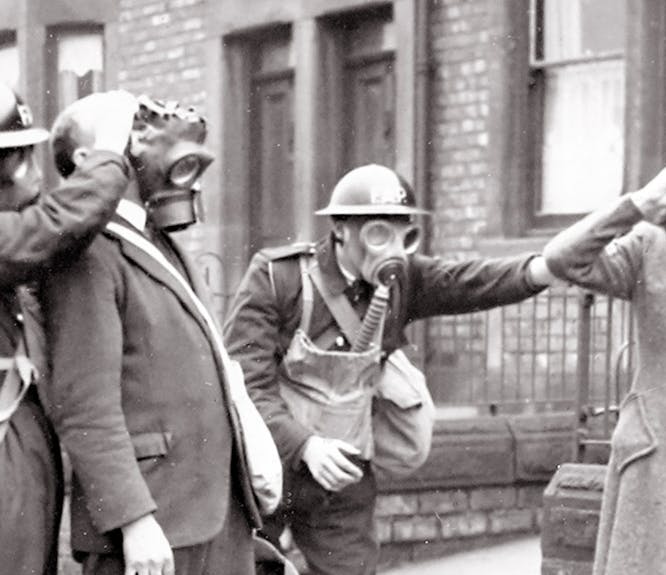3 Ways to Trace Wartime Ancestors
1-2 minute read
By The Findmypast Team | November 15, 2017

Our exclusive webinar offers useful tips from the experts to help you trace your wartime ancestors
Alex Cox, Findmypast's PR executive and webinar host, was accompanied by three experts, Paul Nixon, Audrey Collins and Aoife O'Connor, to discuss tips and tricks for tracing different types of wartime ancestors. This educational video was based around Remembrance weekend and is filled with search tips and dedications to military heroes.
Your Questions, Answered
We had a fantastic response to our live Q&A, which was held throughout the webinar. Below are a few examples of the questions that were sent in throughout the video and the answers our team of experts responded with:
1. My ancestor, Alfred Dwyer , has a very common name. I know he served in WWI. How do I get more specific in the FMP military records? (He lived in Rotherhithe, before and after WWI.)
Military service records will often include an address at the time of enlistment. Our best advice is to check the images of the records that have his name.
2. I notice that my Great Uncle's WW1 records are burnt. I believe this could have possibly been from the Blitz, is this possible?
More than half the service records from the First World War were destroyed during the Blitz. Documents that survived are on Findmypast in the British Army Service Records.
3. Any idea when the World War II records are going to be transferred to the National Archives?
The Second World War records are held by the
Ministry of Defence. There is a guide on the website that shows you how to order records.
4. Do the entries listed as 'officially closed' in the 1939 Register mean the record is redacted?
Yes, the records are either for people who are under 100 years old or are still alive. They could also be records that haven't been updated with death information.
5. Are service numbers and regimental numbers the same?
No, they're not. Regimental numbers were issued by regiments and there could be many different regimental number series within a single regiment. In an effort to bring some order to the chaos that this had created, Army Order 338 of August 1920 stated that henceforth, numbers would be issued from a single continuous series.
6. My ancestor was said to have worked making tracer bullets in the factories in World War II. Where would you find records and more information on this?
As stated in question 3, all WWII records are still with the Ministry of Defence (guidance linked above). As a munitions' worker though, they may not hold records for your ancestor and so our recommendation would be to enquire at the county archive which covers the area where these factories were located.

Want Some More Advice?
10 Tips for Finding your Military Ancestors
3 Simple Steps to Tracing your World War I Ancestors
Search Guide: British Military Records
Related articles recommended for you

This is what it was like to be in London on VE Day in 1945
The Findmypast Community

The crucial role of first aid posts in World War 2 Britain
History Hub

The Auxiliary Fire Service: Brave heroes of the home front
History Hub

